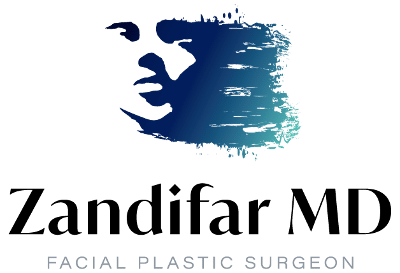The concept of beauty is dynamic, ever-changing, and deeply influenced by societal, cultural, and individual factors. Over the years, beauty standards have evolved, reflecting shifts in perceptions, values, and ideals. Plastic surgery, as a field dedicated to enhancing and restoring aesthetics, plays a crucial role in adapting to these evolving standards. In this insightful exploration, we delve into the dynamic relationship between evolving beauty standards and the plastic surgery landscape.
The Fluid Nature of Beauty Standards:
Beauty standards are not fixed; they fluctuate across time and cultures. What is considered attractive or desirable today may differ significantly from perceptions in the past or those of other societies. Beauty ideals are shaped by a combination of cultural influences, media representations, historical trends, and individual preferences.
Historical Perspectives on Beauty:
Throughout history, beauty standards have undergone notable transformations. In various eras and cultures, preferences for certain physical attributes have emerged and waned. For example:
- Ancient Greece: Classical Greek art and literature celebrated a symmetrical and proportionate physique, influencing perceptions of beauty that endure to some extent today.
- Renaissance Italy: The Renaissance idealized a fuller, more voluptuous figure, as seen in the paintings of artists like Rubens.
- 20th Century: The 20th century witnessed diverse beauty standards, from the Gibson Girl’s hourglass figure to the slender androgyny of the 1920s flapper, and the curvaceous bombshell of the mid-century.
- Contemporary Era: Current beauty standards often emphasize a balance of features, with trends shifting from extreme thinness to a celebration of diverse body shapes and sizes.
Media and Beauty Influencers:
The rise of mass media and, more recently, digital platforms has significantly influenced beauty ideals. Celebrities, influencers, and models often set the tone for what is considered beautiful, contributing to the global spread of certain beauty trends. Social media platforms, in particular, have democratized beauty standards, allowing for more inclusive representations and challenging traditional norms.
Plastic Surgery’s Role in Adapting to Change:
As beauty standards evolve, so does the field of plastic surgery. Plastic surgeons are adept at adapting to changing preferences and emerging trends, offering procedures that align with evolving ideals. Some key ways in which plastic surgery responds to shifting beauty standards include:
- Customization: Plastic surgery procedures are increasingly tailored to the individual, recognizing that beauty is diverse and personal. Surgeons work closely with patients to understand their unique goals and preferences.
- Body Positivity: There is a growing emphasis on promoting body positivity and self-acceptance. Plastic surgeons contribute to this movement by offering procedures that enhance natural features rather than conforming to unrealistic ideals.
- Diversity and Inclusivity: Plastic surgeons are champions of diversity and inclusivity, recognizing that beauty comes in various forms. Procedures are adapted to cater to individuals from different ethnic backgrounds, ensuring that results are harmonious and culturally sensitive.
- Technological Advancements: Advances in technology have revolutionized plastic surgery, offering less invasive procedures, more precise outcomes, and reduced downtime. These innovations align with contemporary preferences for subtle enhancements and quicker recovery.
- Educational Initiatives: Plastic surgeons actively engage in educational initiatives to foster a realistic understanding of the capabilities and limitations of plastic surgery. Informed patients make choices that align with their own vision of beauty rather than external pressures.
Navigating Ethical Considerations:
As plastic surgery evolves alongside beauty standards, ethical considerations become increasingly vital. Plastic surgeons prioritize patient well-being, mental health, and realistic expectations. The emphasis is on enhancing self-confidence and promoting a positive body image rather than conforming to external standards.
Conclusion: A Partnership in Redefining Beauty
The relationship between evolving beauty standards and plastic surgery is symbiotic. Plastic surgery adapts to changing ideals, offering a range of procedures that empower individuals to align their appearance with their own sense of beauty. As we move forward, the plastic surgery landscape will likely continue to evolve, embracing diversity, inclusivity, and the celebration of individuality.
If you are considering plastic surgery and wish to explore how it can align with your unique vision of beauty, schedule a consultation with Dr. Zandifar at Zandifar Plastic Surgery. Discover the possibilities of aesthetic enhancement in a supportive and personalized environment, where beauty is seen as a reflection of individuality.

